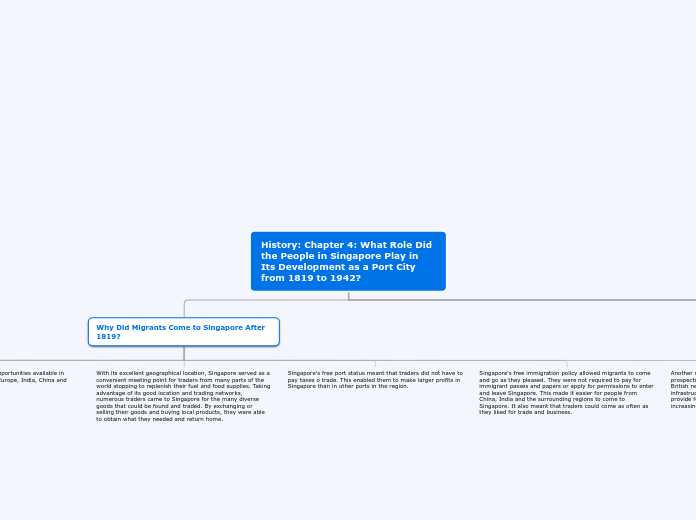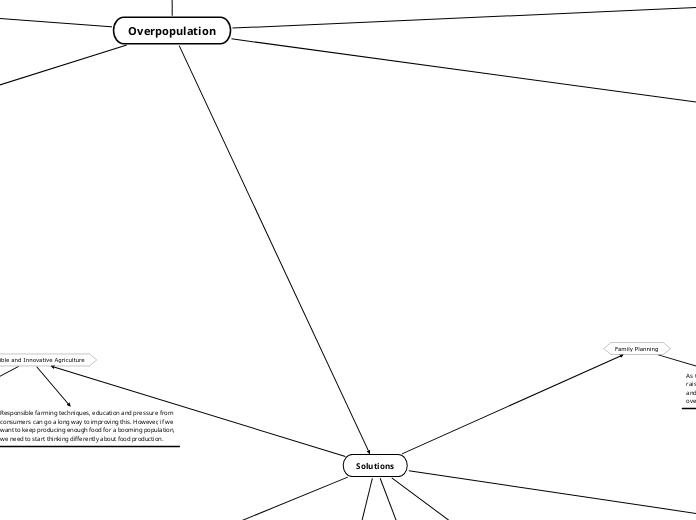jonka Andre Sim 3 vuotta sitten
299
History Chapter 4 Mindmap
In the period from 1819 to 1942, Singapore emerged as a significant port city, drawing people from Europe, India, China, and neighboring regions due to its abundant trading and business opportunities.









